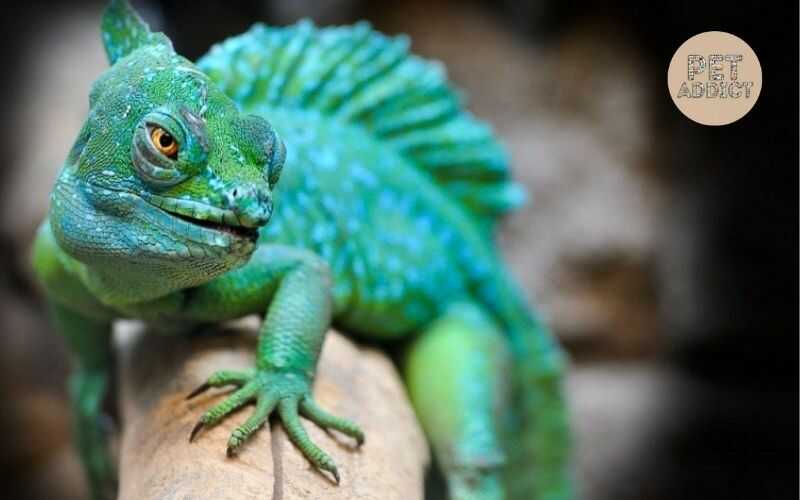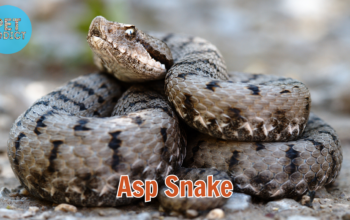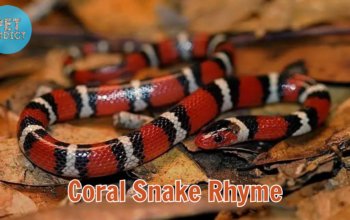What Are Reptiles? Reptiles are an indispensable part of nature’s food chain. Reptiles are extremely diverse in species, contributing different roles to their living environment and humans. Let’s learn about this interesting animal with Pet addict
PetAddict.net – The best place where you can find everything about your pet!
What is a Reptile?
“Reptilians” with the scientific name “Reptilia” are “amniotic tetrapods”. They are found almost everywhere globally, except Antarctica, although their main distribution is in the tropics and subtropics.
All metabolic activity in cells produces a certain amount of energy. But most reptiles today do not produce enough energy to maintain a stable body temperature, and so they call “cold-blooded”, the only exception being the leather turtles.
Today they are left with the representatives of the 4 surviving sets as:
+ Crocodilia (true alligators, caimans, and alligators): 23 species
+ Sphenodontia (New Zealand tuatara species): 2 species
+ Squamata (lizards, snakes, and amphisbaenians (“bug-like reptiles”)): about 7,900 species
+ Testudines (Turtles, Tortoises, Tortoises, Tortoises): about 300 species
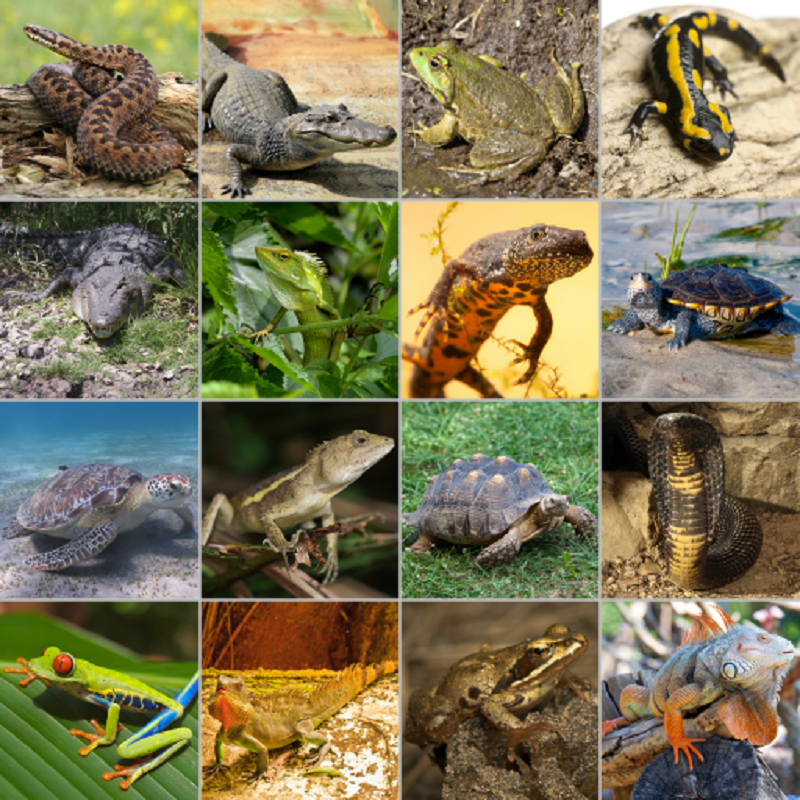
General Characteristics of The Class of Reptiles
Usually, reptiles have common features such as dry skin and horny scales. They often have long necks and eardrums that grow in the ear canal. Their limbs are usually weak and have sharp claws in their limbs.
General characteristics of reptiles – This type breathes entirely through lungs with multi-chaptered lung organs. This class has 2 circulations as well as a ventricle and has a missing septum. Temporarily, the ventricles will divide into 2, the blood being fed to the body is less mixed.
Besides, this is also a class of animals that are thermogenic. These animals have internal mating and fertilization organs. The eggs of this species have tough membranes, and for some species, they will have a limestone shell. Usually, these eggs are rich in the yolk.
In general, the general characteristics of reptiles can be summarized as follows:
+ Habitat: diverse
+ Scales: Dry keratosis, dry skin
+ Neck: Reptile class with a long neck
+ Organs of movement: weak limbs with sharp claws.
+ Location of the eardrum: located in the ear cavity
+ Respiratory system: lungs have many septa
+ Circulatory system: 3 compartments with a defective septum, mixed blood
+ The genitourinary system has mating organs.
+ Eggs: covered with tough membranes or limestone shells.
+ Fertilization: internal fertilization.
+ Body temperature: variable temperature
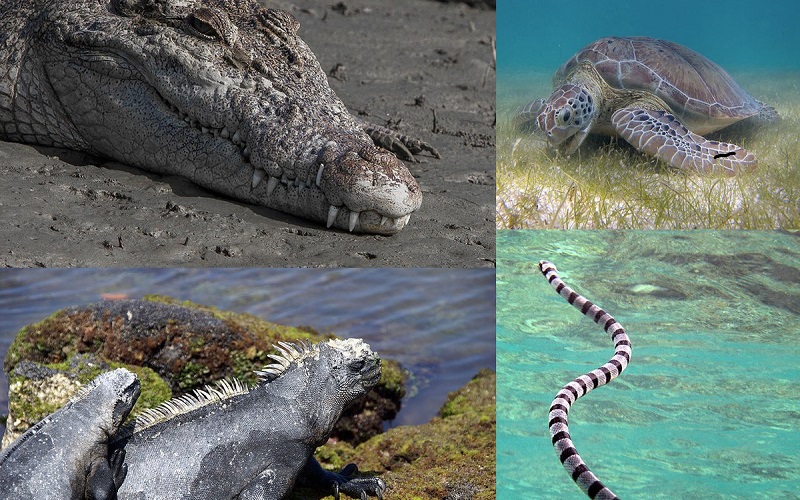
What Do Most Reptiles Eat?
The common feature of reptiles is that they can eat all kinds of junk food. They can eat plants, carnivores, and other foods. The most common food with them is still meat. The fasting ability of reptiles is excellent; they can last for a whole season or several months.
Breeding Season
The reproduction of reptiles also depends on temperature. Each species of reptile has different mating methods according to different seasons. Normally, sperm will stay in the oviduct for several months to several years for reptiles after mating. They can lay eggs and give birth, depending on the location and structure of each species.
The common feature of reptiles is that they often lay their eggs in caves or crevices of the rock. The care of eggs or young after laying of many species varies. Normally, young will grow small embryonic teeth to break the eggshell and get out.

The Role of Reptiles
Reptiles are an indispensable part of nature’s food chain, contributing different roles to their habitat and humans.
- Benefit:
– Useful for agriculture: Killing insects, killing rats
– Valuable food: Baba, turtle
– Making pharmaceuticals: Snake wine, python honey, snake venom, turtle bibs,
– Fine art products: Tortoiseshell scales, crocodile skin… - Harm: Poisonous to humans: snakes…

Frequently Asked Questions
Why are reptiles cold-blooded?
It includes turtles, lizards, and snakes. They are cold-blooded, which means they have no internal control over their body temperatures. Instead, they must depend on the sun and warm air temperatures to power their physical activity and metabolism.
What are reptiles known for?
It is an important component of the food webs in most ecosystems. They fill a critical role both as predator and prey species. Herbivorous species can also be important seed dispersers, particularly on island habitats.
Read more: Reptile
Conclusion
It can be said that animals belonging to the reptile class are vibrant. Follow Petaddict.net for more details on reptiles!

